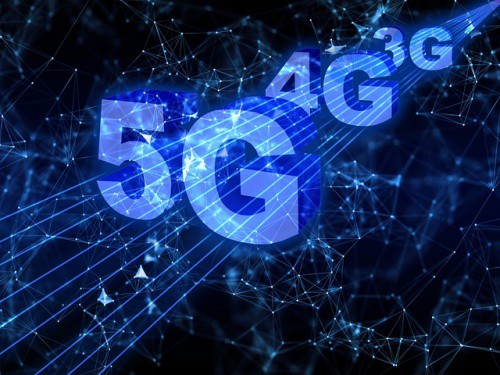Lux Research predicts that 5G technology will emerge as a unifier with its ability to address multiband use cases and that satellites will become more cost-effective as they cater to more IoT services. In addition, 6G will emerge as an expansion of mmWave, with limited uses in remote communications.
In its latest report “Innovating Remote Connectivity”, the research firm stated that cited that options for transmission technologies dwindle over long distances, leaving 4G/5G cellular, LPWAN, and satellite as suitable, reliable options for remote connectivity.
“The trade-offs between 4G cellular, LPWAN, and satellite have long been known,” says lead analyst and report author Michael Sullivan. “LPWAN’s low bandwidth is well-suited for remote device monitoring, while satellite’s long range makes it suitable for environmental monitoring.”
Remote connectivity solutions aren’t only concerned with how data is transmitted: Where data is processed is also an important consideration.
Edge computing enables companies to strategically place data processing nodes closer to the data source, reducing latency. When data can be processed locally, as it is in edge computing, less traffic has to be sent to remote data centres or transferred to central cloud platforms for processing. This capability reduces bandwidth and power requirements and can allow lower-cost technologies to be deployed.
Lux Research has ranked the different connectivity options that are best suited for certain industries.
Remote manufacturing will benefit most from 5G for predictive maintenance and remote control of robots and machines but should use LPWAN for energy consumption monitoring, according to analysts at Lux Research.
For one, mining and construction can benefit from a range of options: LPWAN for site equipment monitoring, satellite for site inspection, and 5G for automated machine operation.
Oil and gas on the other hand should deploy LPWAN for surface equipment monitoring and satellite for onshore or offshore drilling. The best solution for well and production data analysis is increasingly a 5G hybrid that combines both range and low latency.
Supply chains can also benefit from a combined technology approach, using LPWAN for warehouse and logistics monitoring, 5G and satellite for real-time tracking and tracing, and an LPWAN-satellite hybrid for cold chain monitoring solutions. The utilities industry can benefit most from LPWAN for wind farm operation and smart meters, and satellites for UAV line inspection.



